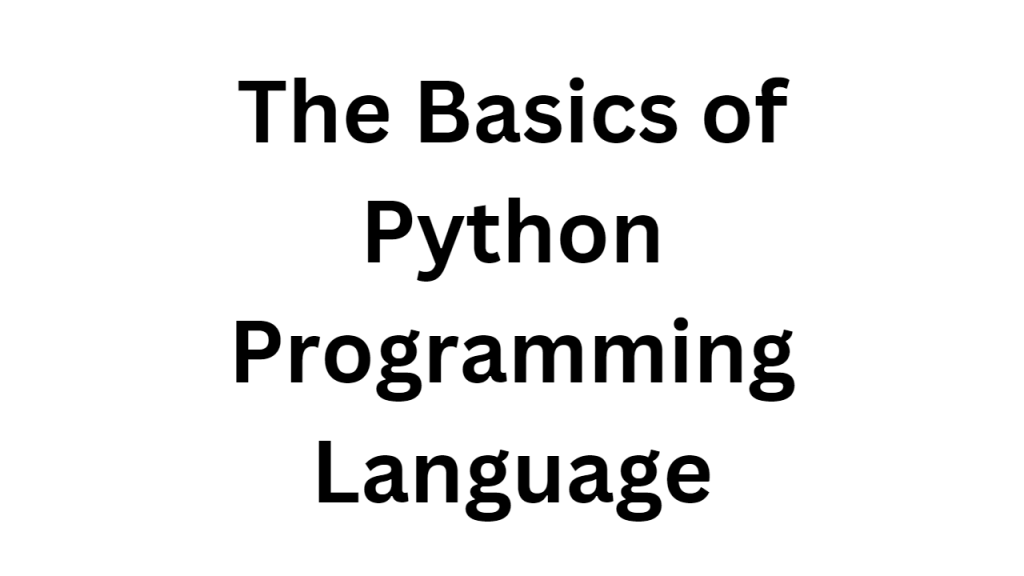Python is a powerful, easy-to-learn programming language that’s great for beginners and experienced developers alike. It’s used in web development, data analysis, artificial intelligence, scientific computing, and more. Let’s dive into the basics of Python to get you started on your coding journey.
What is Python?
Python is an interpreted, high-level programming language created by Guido van Rossum and first released in 1991. Its design philosophy emphasizes code readability, making it an excellent choice for beginners. Python uses simple syntax and indentation, which helps keep code clean and easy to read.
Setting Up Python
Before writing any Python code, you need to install Python on your computer. You can download the latest version from the official Python website. Once installed, you can write Python code in a text editor or an Integrated Development Environment (IDE) like PyCharm, VSCode, or even the built-in IDLE.
Basic Syntax
Here’s a simple example of Python syntax:
print("Hello, World!")
This line of code prints “Hello, World!” to the screen. The print() function is a built-in function in Python that outputs data to the console.
Variables and Data Types
Variables in Python are used to store information. You don’t need to declare the type of a variable, as Python is dynamically typed.
name = "Alice"
age = 25
is_student = True
In this example, name is a string, age is an integer, and is_student is a boolean.
Basic Data Types
- Integers: Whole numbers (e.g., 1, 2, 3)
- Floats: Decimal numbers (e.g., 1.5, 2.75)
- Strings: Text (e.g., “Hello”)
- Booleans: True or False
Lists
Lists are used to store multiple items in a single variable.
fruits = ["apple", "banana", "cherry"]
print(fruits[0]) # Outputs: apple
Lists are ordered, changeable, and allow duplicate values.
Functions
Functions are blocks of code that perform a specific task. You define a function using the def keyword.
def greet(name):
print("Hello, " + name)
greet("Alice") # Outputs: Hello, Alice
Conditionals
Conditional statements are used to perform different actions based on different conditions.
x = 10
if x > 5:
print("x is greater than 5")
else:
print("x is 5 or less")
Loops
Loops are used to execute a block of code repeatedly.
- For Loop:
for i in range(5):
print(i)
This loop will print numbers from 0 to 4.
- While Loop:
count = 0
while count < 5:
print(count)
count += 1
This loop will also print numbers from 0 to 4.
Conclusion
These are the fundamental concepts of Python programming. Once you’re comfortable with these basics, you can explore more advanced topics like classes, modules, and libraries.

Leave a comment